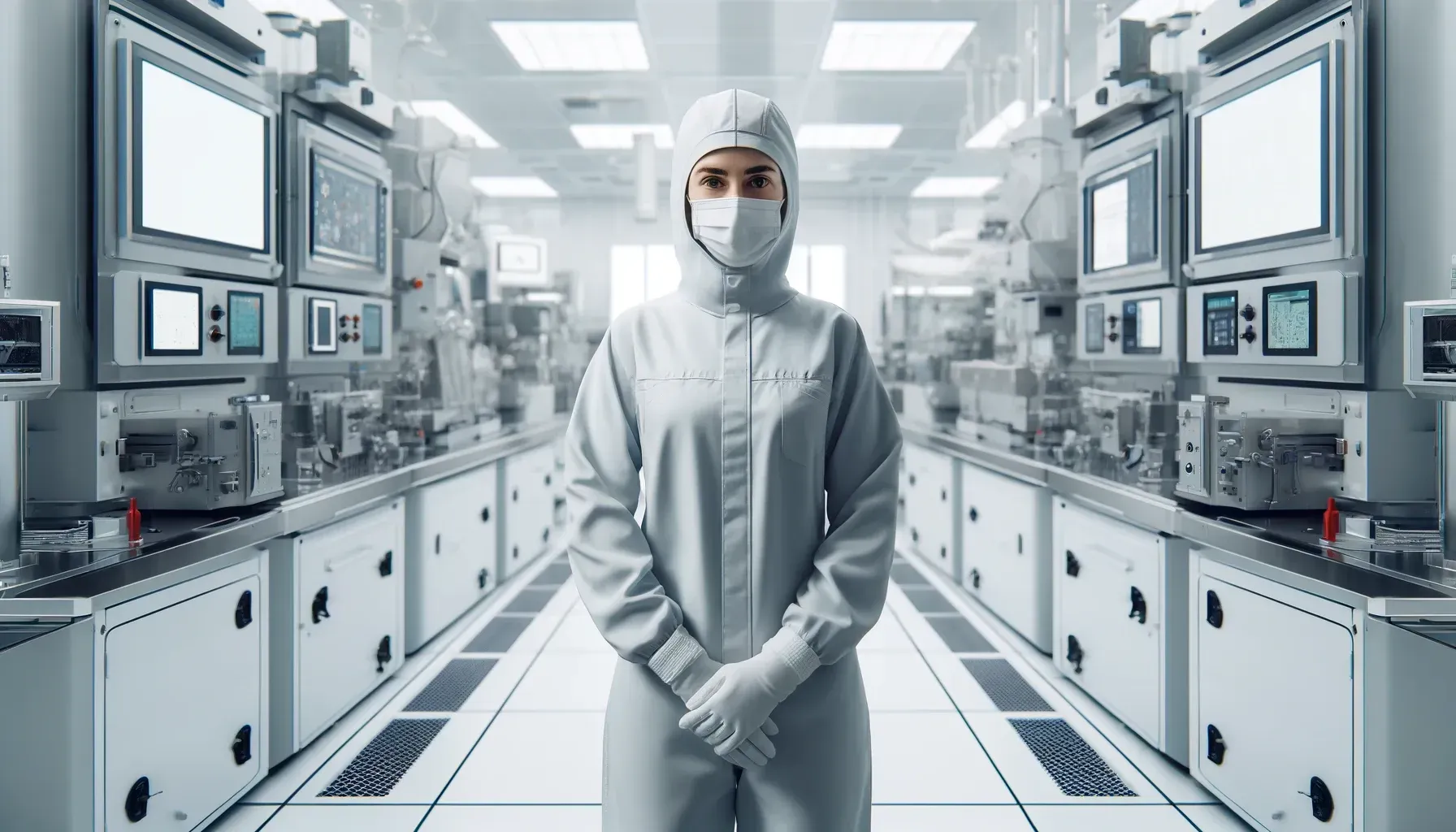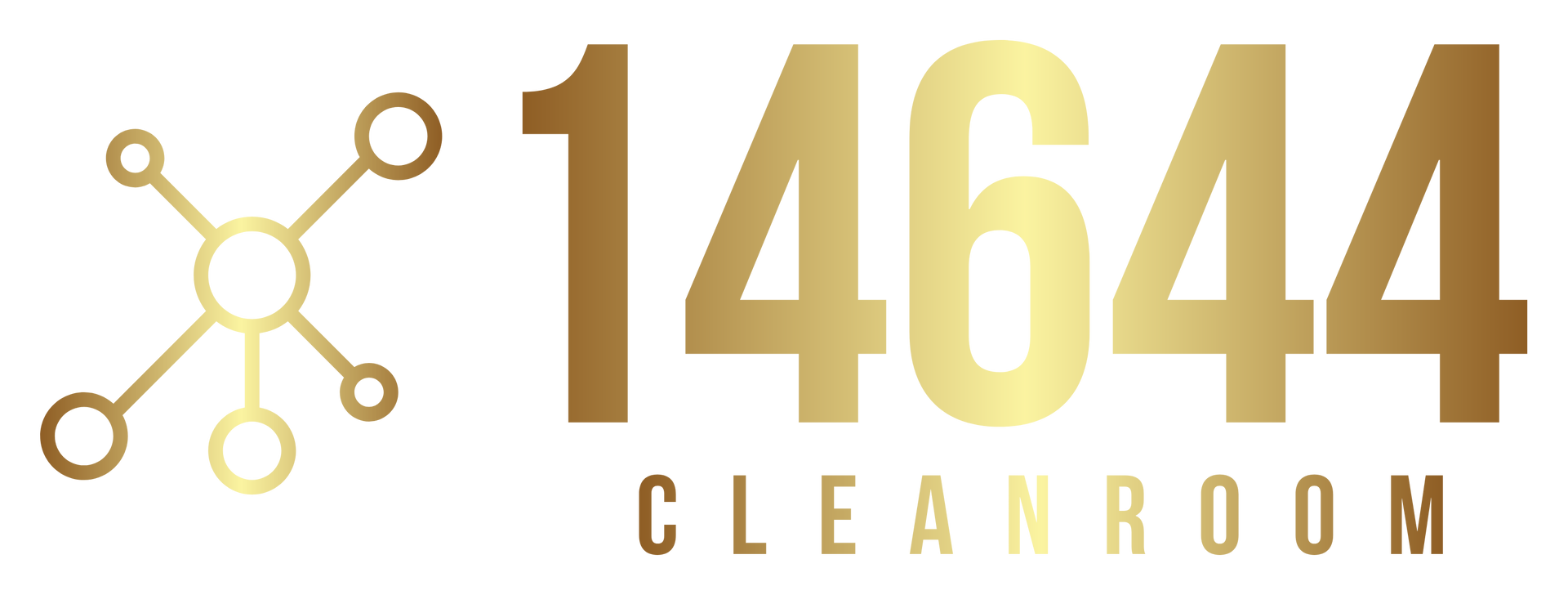Standards and Certifications for Cleanrooms: Ensuring Controlled Environments for Sensitive Processes

Introduction
Cleanrooms are specialized environments designed to maintain extremely low levels of particulates, such as dust, airborne microbes, aerosol particles, and chemical vapors. They are crucial in industries where small particles can adversely affect the manufacturing process. They find applications in semiconductor manufacturing, biotech, pharmaceutical, medical device industries, and more. This article explores the essential standards and certifications that govern the design, operation, and monitoring of cleanrooms.
Understanding Cleanroom Standards
Cleanroom standards are critical for ensuring the performance and reliability of cleanrooms. They provide the benchmarks for design, testing, and operation that must be met to achieve specific cleanliness levels.
- ISO 14644 Series: This is the primary series of standards used globally for cleanrooms and associated controlled environments. ISO 14644-1, for example, classifies air cleanliness by the concentration of airborne particles in cleanrooms and clean zones; it establishes classes of air cleanliness based on the number of particles expressed as a concentration in air volume. The parts of the ISO 14644 series cover various aspects of cleanroom management, including testing and monitoring to ensure ongoing compliance.
- US Federal Standard 209E: Although it was officially cancelled and superseded by ISO 14644-1, this standard is still widely referenced, especially in the United States. It classifies cleanrooms based on the number of particles 0.5 micrometers and larger per cubic foot of air.
- EU GMP Guidelines: The European Union’s Good Manufacturing Practice (GMP) guidelines are crucial for pharmaceuticals and medical devices. These guidelines describe the requirements for manufacturing within controlled environments, addressing not only particulate control but also microbial contamination.
- Other Standards: Various other national and international standards may also apply, depending on the industry and location. These include standards by the Institute of Environmental Sciences and Technology (IEST) and the American Society of Heating, Refrigerating and Air-Conditioning Engineers (ASHRAE).
Certification of Cleanrooms
Certification is a formal process that verifies a cleanroom meets the specific standards required for its intended use. This process involves several critical steps:
- Design and Construction Review: Initially, the cleanroom’s design and construction are reviewed for compliance with the desired cleanroom class standards.
- Testing and Validation: Before a cleanroom can be certified, it undergoes extensive testing and validation to ensure it meets the required cleanliness levels. This includes tests for airflow, air pressure, temperature, humidity, and particulate counts.
- Monitoring and Maintenance: After certification, ongoing monitoring and maintenance are necessary to ensure the cleanroom continues to meet required standards. This involves routine testing of the environment and the cleanroom equipment.
- Recertification: Cleanrooms must be recertified at regular intervals, typically annually, to ensure they continue to meet cleanliness standards. This is important because alterations, equipment additions, or operational changes can affect the cleanroom’s performance.
Challenges in Maintaining Standards
Maintaining cleanroom standards poses several challenges:
- Environmental Control: Keeping environmental parameters like temperature, humidity, and pressure within strict limits requires sophisticated HVAC systems and constant monitoring.
- Human Factor: Personnel are a major source of contamination in cleanrooms. Proper gowning procedures, behavior, and training are critical to maintaining cleanliness.
- Equipment and Materials: All equipment and materials used in a cleanroom must be compatible with its cleanliness standards. This includes cleaning chemicals, tools, and packaging materials.
Conclusion
Standards and certifications for cleanrooms are pivotal in ensuring that these controlled environments meet the necessary cleanliness and operational requirements. As technology and industry requirements evolve, these standards are periodically reviewed and updated to address new challenges and technological advancements. Compliance with these standards is essential for industries relying on cleanroom technology to maintain product quality, ensure safety, and comply with regulatory requirements.
Read more:
All About Cleanrooms - The ultimate Guide






